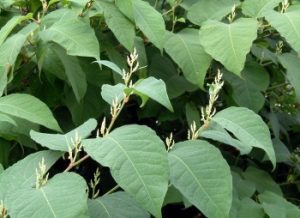Invasive species can make their way into the Lower Mainland by any mode of transportation. Invasive species can even tag along with people travelling to Vancouver from places around the world. We manage and work to prevent the spread of invasive species that have the potential to cause negative effects to native plants, animals, human health and our environment in the port.
Invasive species can spread quickly, so we monitor and survey port lands and waters for their presence. If any known invasive species are found within our jurisdiction, we will work closely with port tenants and other agencies to prevent their spread and, wherever possible, remove the invasive species for the protection of our natural environment.
We also participate on Metro Vancouver’s regional planning advisory committee on invasive species. The committee includes municipal representatives, federal agencies and other organizations, and meets quarterly to discuss and develop best management practices to reduce, remove or curb the spread of invasive plants in the greater Vancouver area.
If you are a port tenant or project permit applicant, please contact us for more information on how to plan routine maintenance or project development activities in a manner that minimizes the spread of invasive species.
Spotlight: Managing invasive knotweed
If knotweed is found in any potential project area within the Port of Vancouver, we take steps such as sectioning off the affected area during construction so the plant doesn’t get scooped up by machinery and be carried to other areas. Wherever possible, we also work to treat and eradicate the plant. Our program is aligned with government regulations and programs that help to prevent or eradiate these species. |

 One of the invasive plants in our region is
One of the invasive plants in our region is